Capirona Tree
- November 25, 2024
- 0 comment
The Capirona Tree, scientifically known as Calycophyllum spruceanum, is a unique and ecologically significant species found in tropical regions. Renowned for its smooth, peeling bark and resilience to harsh environments, this tree plays a crucial role in maintaining biodiversity and supporting local ecosystems.
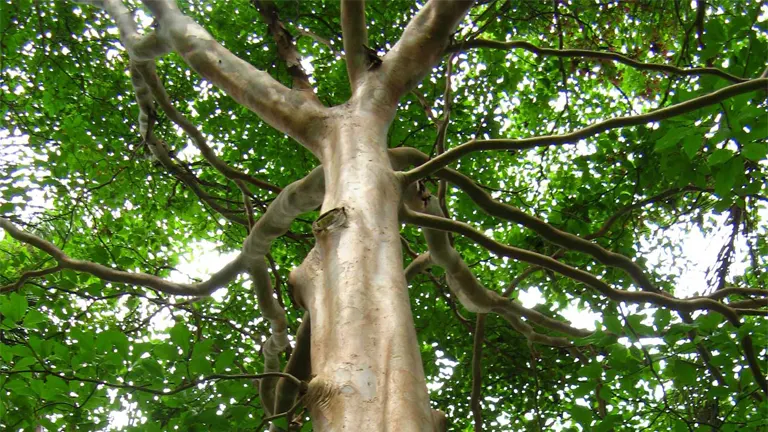
Its ability to improve soil health, provide habitat for wildlife, and thrive in challenging conditions makes it a valuable component of tropical forest ecosystems.
What Is a Capirona Tree?
The Capirona Tree (Calycophyllum spruceanum) belongs to the Rubiaceae family, which includes coffee and gardenias. Native to South America, it is often found in the Amazon rainforest and other tropical regions. Its most distinctive feature is its bark, which peels away naturally to deter parasites and fungi, leaving behind a smooth, greenish surface.
Key characteristics include:
- Leaves: Glossy, oval-shaped leaves that are dark green and leathery.
- Flowers: Small, tubular, and white, these blossoms emit a subtle fragrance and bloom in clusters.
- Bark: Smooth and self-renewing, the bark peels annually, preventing infestations and maintaining tree health.
One interesting fact about the Capirona Tree is its contribution to soil health through leaf litter, which decomposes rapidly and enriches the soil with nutrients. Additionally, its wood is prized for its durability and resistance to pests.
Two Different Types of Capirona Tree Species
While Calycophyllum spruceanum is the most recognized species of the Capirona Tree, it shares similarities with related species in the genus Calycophyllum.
Calycophyllum Candidissimum (Primavera)
Known for its vibrant flowers and use in reforestation.

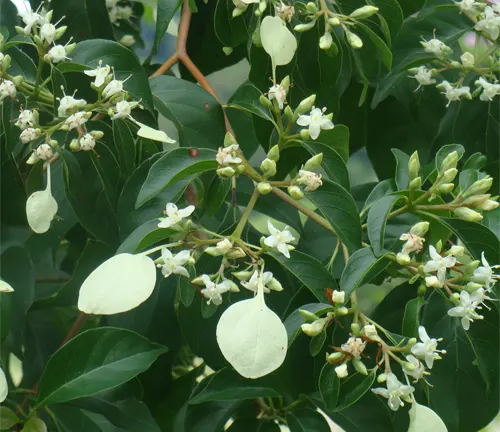
Calycophyllum Multiflorum
Found in Central and South America, it thrives in diverse habitats.
Different species vary in height, ranging from medium-sized trees to towering giants over 30 meters. Their adaptability to various soil types makes them ecologically valuable, especially in regions prone to deforestation.
Where Do Capirona Trees Grow?
The Capirona Tree thrives in tropical and subtropical climates, primarily in the Amazon Basin, including Peru, Brazil, and Ecuador. It prefers lowland rainforests and areas near rivers or wetlands, where moisture is abundant.
These trees are highly adaptive to tropical climates and can survive seasonal droughts. Their extensive root systems stabilize soil, prevent erosion, and enhance water retention, making them vital in areas with fragile ecosystems.
How to Grow and Care for Capirona Tree
Growing a Capirona Tree requires attention to its tropical origins:
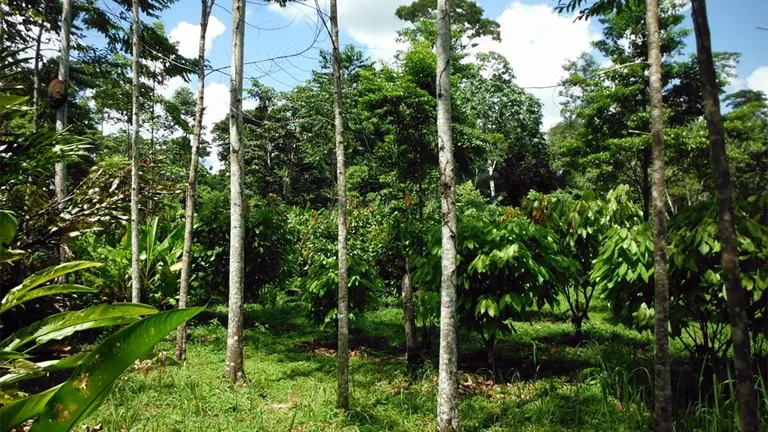
- Soil: Prefers well-draining, nutrient-rich soil with high organic matter.
- Water: Requires consistent moisture but is tolerant of brief dry spells.
- Sunlight: Thrives in full sunlight or partial shade.
- Propagation: Can be propagated through seeds or cuttings. Seeds should be soaked before planting to improve germination.
Maintenance tips include regular pruning to shape the tree and removing any dead branches. Protecting the tree from pests, especially during its early growth stages, ensures long-term health.
Ecological Benefits of Capirona Tree
The Capirona Tree is a cornerstone of tropical ecosystems. Its benefits include:
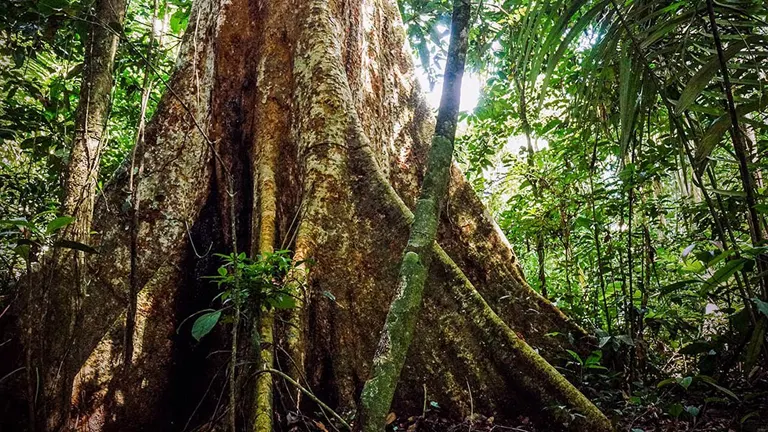
- Soil Health: Enriches soil with organic matter and prevents erosion.
- Habitat: Provides shelter for a variety of animals, including birds, insects, and mammals.
- Carbon Sequestration: Absorbs significant amounts of carbon dioxide, helping mitigate climate change.
By supporting a range of biodiversity and stabilizing ecosystems, the Capirona Tree is a natural ally in conservation efforts.
Capirona Tree Flowering and Pollination
The Capirona Tree typically flowers during the wet season, producing clusters of small, white blooms. These flowers attract pollinators like bees, butterflies, and hummingbirds, which play a vital role in the tree’s reproduction. The tree’s reliance on local wildlife for pollination highlights its interconnectedness within its ecosystem.
Is Capirona Tree Drought-Tolerant?
Although native to moist tropical regions, the Capirona Tree is moderately drought-tolerant. Its deep root system enables it to access underground water during dry spells, making it suitable for regions with occasional water scarcity. However, prolonged droughts can stress the tree and reduce its growth rate.
Capirona Tree and Wildlife Interactions
The Capirona Tree is an essential resource for local wildlife. Its flowers provide nectar for pollinators, while its canopy offers shelter to birds and mammals. Insects often rely on the tree’s leaves and bark, contributing to a balanced food chain. Additionally, its leaf litter creates a microhabitat for decomposers, enriching the forest floor.
Conclusions
The Capirona Tree (Calycophyllum spruceanum) is more than just a tree; it is a lifeline for ecosystems, wildlife, and communities. Its ecological benefits, from soil stabilization to carbon sequestration, highlight its role in combating environmental challenges. Conservation efforts to protect and restore Capirona Tree populations are crucial for maintaining biodiversity and ensuring sustainable ecosystems. Whether admired for its unique bark or valued for its ecological contributions, the Capirona Tree remains a vital component of tropical forests worldwide.
Frequently Asked Questions (FAQs)
- What is the Capirona Tree?
The Capirona Tree (Calycophyllum spruceanum) is a tropical tree known for its smooth, peeling bark and ecological importance. It belongs to the Rubiaceae family. - Where does the Capirona Tree grow?
It thrives in the Amazon rainforest and other tropical regions, particularly in Peru, Brazil, and Ecuador, often near rivers and wetlands. - What are the key characteristics of the Capirona Tree?
It has glossy green leaves, small white flowers, and bark that peels annually to prevent parasites. Its wood is durable and pest-resistant. - How does the Capirona Tree benefit ecosystems?
It improves soil health, stabilizes soil to prevent erosion, supports biodiversity by providing shelter, and sequesters carbon dioxide. - Is the Capirona Tree drought-tolerant?
Yes, it can survive brief dry spells due to its deep root system but thrives best in consistently moist environments. - How can I grow and care for a Capirona Tree?
Plant it in nutrient-rich, well-draining soil with consistent watering and full sunlight. Propagate via seeds or cuttings and protect young trees from pests.
We hope this guide has highlighted the importance of the Capirona Tree in tropical ecosystems. Have insights or experiences to share? Join the conversation below and inspire others to protect this remarkable tree. Don’t forget to share this guide with fellow nature enthusiasts to support biodiversity and a greener future!


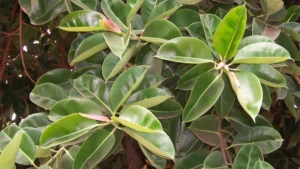
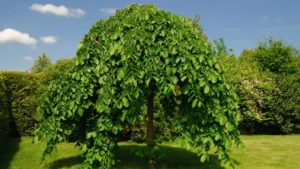
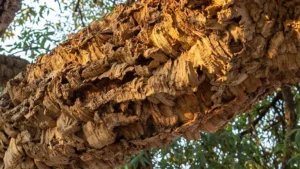
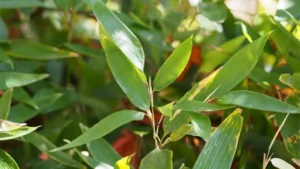

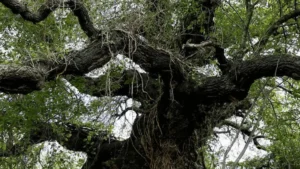
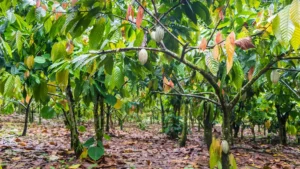
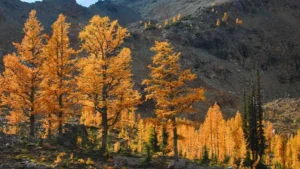
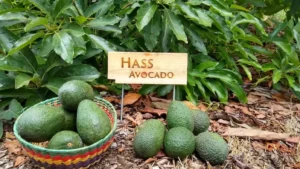
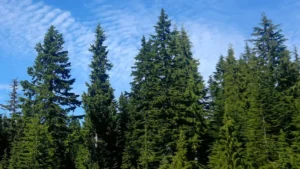
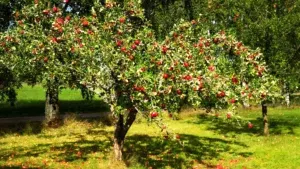
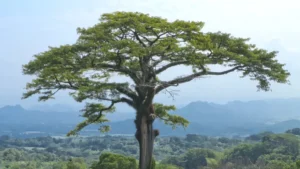
Leave your comment